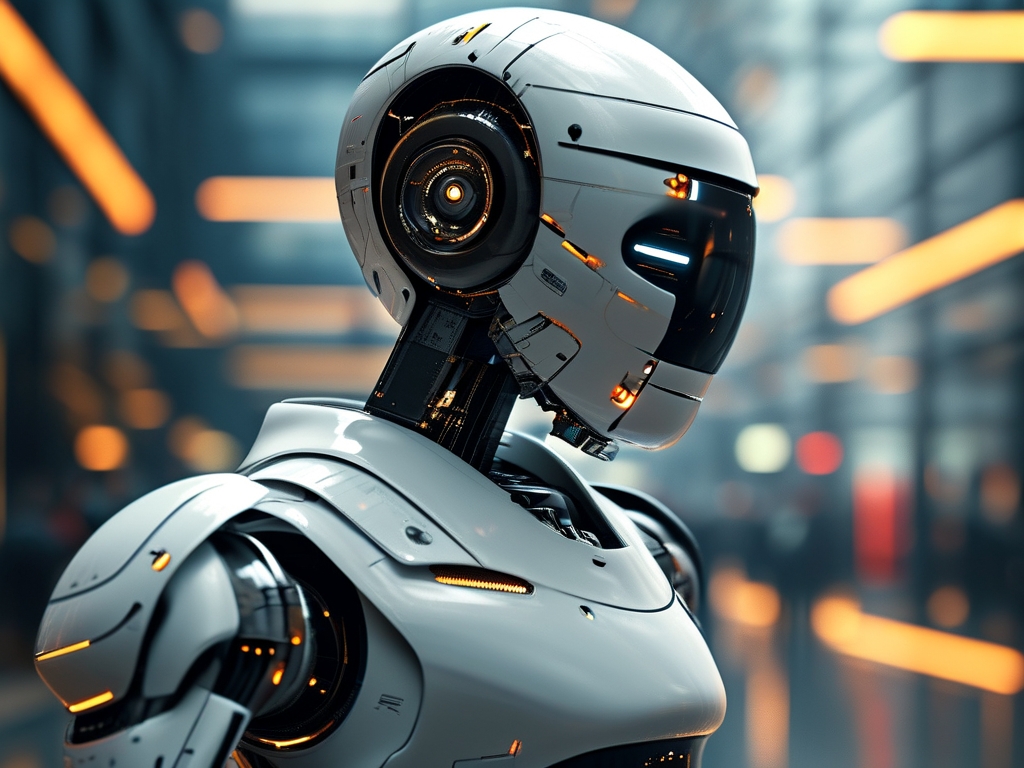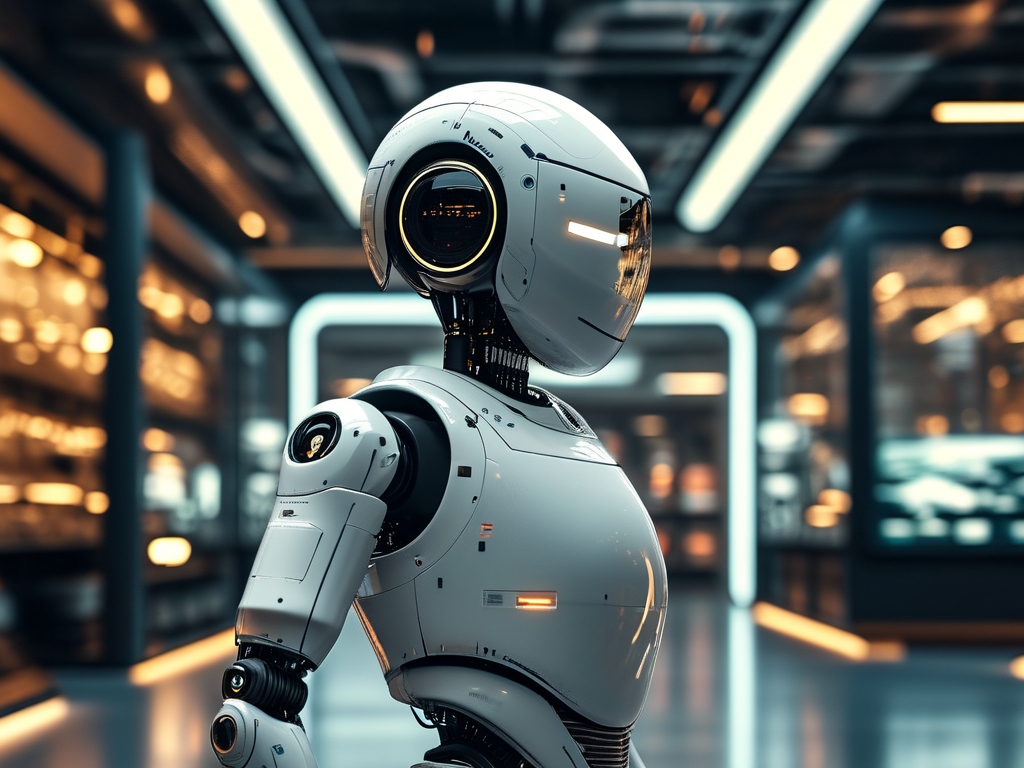The rapid advancement of robotics technology continues to reshape industries and daily life, driven by a complex interplay of technical, economic, and social factors. Understanding these influences provides critical insights into how robotic systems will evolve and integrate into human environments.
At the core of robotics development lies computational power. Modern processors enable real-time data analysis for autonomous decision-making, while edge computing allows robots to operate without constant cloud connectivity. For instance, warehouse robots now use localized AI to optimize inventory management, reducing latency compared to centralized systems. However, this progress demands energy-efficient designs to balance performance with sustainability—a challenge highlighted by the automotive industry's shift toward electric-powered robotic assembly lines.
Sensor innovation acts as another cornerstone. Multi-modal sensing systems combining LiDAR, thermal imaging, and tactile feedback are creating machines that perceive environments with near-human acuity. Agricultural robots exemplify this trend, using hyperspectral cameras to detect crop health variations invisible to the naked eye. Yet sensor fusion algorithms remain imperfect, occasionally causing misinterpretations in dynamic settings like urban delivery routes or crowded hospitals.
Economic considerations profoundly influence robotic adoption patterns. While automation reduces long-term operational costs, the initial investment creates barriers for small enterprises. This disparity is evident in manufacturing sectors, where multinational corporations deploy fleets of collaborative robots (cobots) while smaller workshops rely on manual labor. Government subsidies and leasing models are emerging as potential equalizers, though their effectiveness varies across regions.

Regulatory frameworks struggle to keep pace with technological breakthroughs. Safety certification processes designed for stationary industrial robots now confront mobile humanoid assistants in consumer spaces. The European Union's recent AI Act attempts to categorize robotic systems by risk level, but gaps persist in addressing cross-border data flows essential for cloud-connected service robots. Ethical dilemmas further complicate standardization efforts, particularly in healthcare applications where robot-assisted surgeries raise questions about liability and patient consent.
Workforce dynamics present both opportunities and obstacles. Robotics engineers remain scarce globally, with the International Federation of Robotics estimating a 40% talent gap across major economies. This shortage slows implementation timelines and drives up development costs. Conversely, the rise of no-code programming platforms is democratizing robot deployment, enabling factory technicians without advanced coding skills to reprogram task-specific machines.

Cultural acceptance forms an underappreciated variable in robotics integration. Japan's embrace of companion robots for elderly care contrasts with European skepticism about emotional AI systems. Such disparities influence market strategies, forcing manufacturers to customize interfaces and functionality by region. Public education campaigns and transparent human-robot interaction designs are gradually easing adoption resistance, as seen in the hospitality sector's successful deployment of multilingual concierge robots.
Environmental factors now shape robotic design priorities. Marine exploration robots require corrosion-resistant materials, while desert-operating drones need enhanced cooling systems. The push for circular economy practices is driving research into biodegradable components and modular architectures that facilitate repair over replacement. These adaptations add complexity to production cycles but align with global sustainability goals.
Looking ahead, quantum computing breakthroughs and neuromorphic engineering promise to redefine robotic capabilities. Early-stage prototypes using quantum algorithms demonstrate unprecedented optimization in logistics planning, while brain-inspired chips enable more efficient pattern recognition. Yet these innovations demand reimagined infrastructure and workforce training programs to realize their full potential.
The evolution of robotics technology ultimately hinges on balancing competing priorities—precision versus adaptability, autonomy versus human oversight, and innovation versus accessibility. As these factors interact in unpredictable ways, they create a technological landscape where incremental improvements and disruptive breakthroughs coexist, continually redefining what machines can achieve alongside humanity.

